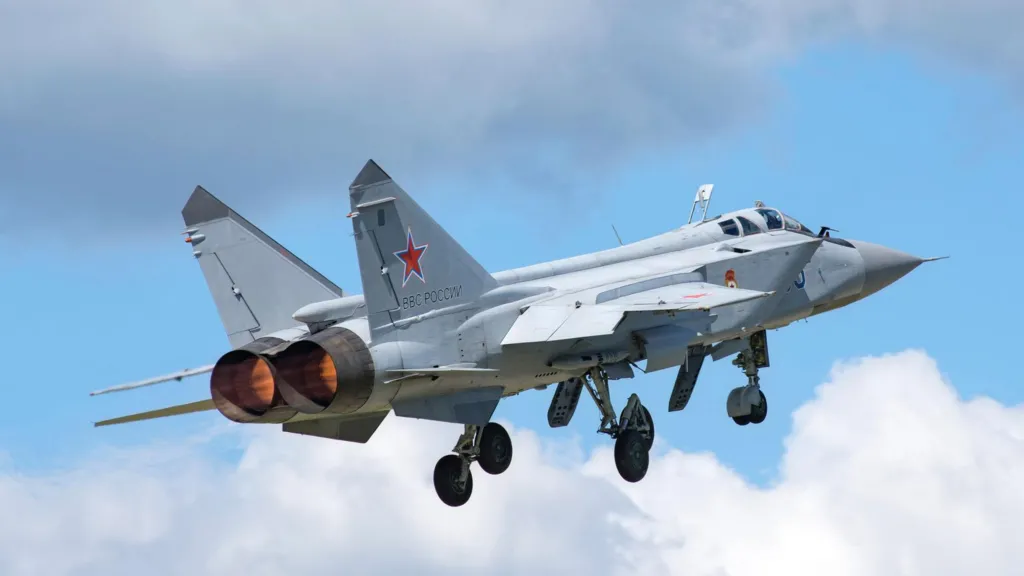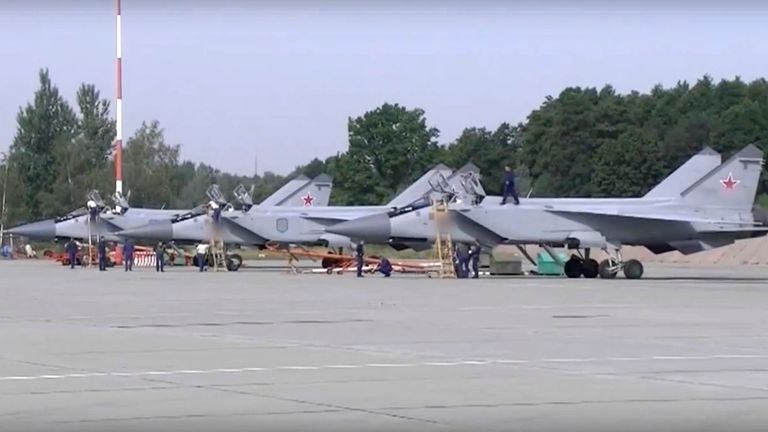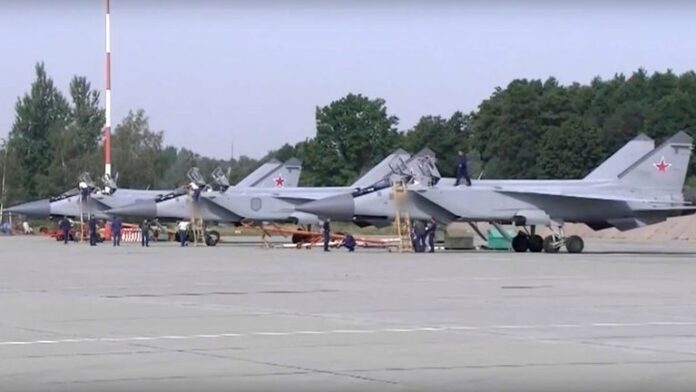Nato Russian Warplanes Violation: Tensions Rise Over Estonia
The latest Nato Russian warplanes violation has sparked global concern, with Estonia accusing Moscow of crossing a dangerous line. On Friday, three Russian MiG-31 fighter jets breached Estonian airspace near the Gulf of Finland, flying without permission for nearly 12 minutes before being intercepted by Nato forces.
This alarming incident comes amid already heightened tensions between Nato and Russia, further intensifying worries across Europe about security, sovereignty, and the possibility of escalation.

A Bold Airspace Breach
According to Estonia’s foreign ministry, the Nato Russian warplanes violation was not only unauthorized but also “brazen” in nature. The jets entered a Nato member’s airspace with transponders switched off, a move that violates international aviation protocols and makes detection more difficult.
The Estonian government quickly summoned Russia’s chargé d’affaires to issue a strong diplomatic protest, calling the violation an “extremely dangerous provocation.”
Nato’s Swift Response
Nato spokesperson Allison Hart confirmed that the alliance reacted immediately. “This is yet another example of reckless Russian behavior,” she said, “and a reminder of Nato’s ability to respond decisively.”
While Nato did not release operational details of the interception, the message was clear: any breach of allied airspace will be challenged.
Growing Pattern of Violations
This isn’t an isolated case. Estonia revealed that Russia has violated its airspace four times in 2025 alone. Each incident increases political and military pressure, as European leaders warn that such provocations could spiral into larger conflicts.
-
Poland recently shot down three Russian drones after 19 breached its airspace in a single day.
-
Romania detected a Russian drone along its border while F-16 jets monitored the skies.
-
Russia has repeatedly denied deliberate incursions, blaming technical failures or navigation issues.
These repeated episodes point to a worrying trend, a deliberate strategy to test Nato’s resolve.
European Leaders Condemn the Incursion
Estonian Foreign Minister Margus Tsahkna described the Nato Russian warplanes violation as “unprecedentedly brazen” and called for stronger economic and political pressure on Moscow.
European leaders echoed this sentiment:
-
Kaja Kallas, Estonia’s top EU diplomat, stated that Russia was testing the West’s strength: “We must not show weakness.”
-
Ursula von der Leyen, President of the European Commission, promised that the EU will “respond to every provocation with determination while strengthening our Eastern flank.”
This unified stance signals that the West is determined to push back against Russia’s aggressive maneuvers.

The Ukraine Factor
The Nato Russian warplanes violation cannot be separated from the ongoing war in Ukraine. Since Moscow’s full-scale invasion in 2022, Europe has become a frontline arena for military and political tensions.
The Baltic states, Estonia, Latvia, and Lithuania, are particularly vulnerable due to their geographical proximity to Russia. With each violation, fears grow that Russia could push boundaries further, either by accident or by design.
Why Estonia Matters
Estonia may be small in size, but its strategic location on the Baltic Sea makes it vital to Nato’s defense posture. Any attack or breach of its sovereignty directly triggers Article 5 of the Nato Treaty, the collective defense clause.
That means an escalation in Estonian airspace could draw in the entire alliance, including the United States, into a direct confrontation with Russia.
Russia’s Silence
Interestingly, Moscow has not commented publicly on the incident. Russia’s defense ministry has often brushed off similar accusations as either unintentional or fabricated. In the case of Poland’s drone incursions, Russian officials insisted there was “no plan” to target facilities on Polish soil.
Belarus, a close ally of Russia, even suggested that drones straying into Poland were due to jamming errors rather than deliberate aggression. Yet, many analysts see these explanations as part of a wider disinformation strategy.
Global Repercussions
The Nato Russian warplanes violation sends shockwaves beyond Europe. It undermines international norms, threatens civilian aviation safety, and puts enormous pressure on global diplomacy.
Security experts warn that repeated incursions increase the risk of miscalculation, one wrong move could lead to open conflict.
Nato has vowed to remain vigilant, while the EU promises stronger sanctions and defense measures. But the big question remains: how far will Russia go to test the limits of Western patience?
Conclusion
The Nato Russian warplanes violation over Estonia is more than just a diplomatic incident. It’s a clear warning sign of Moscow’s growing willingness to challenge Nato’s red lines. With each breach, tensions rise, testing unity and resolve across Europe.
As the situation unfolds, one thing is clear: the skies over the Baltic are becoming a flashpoint in the broader struggle between Russia and the West.

